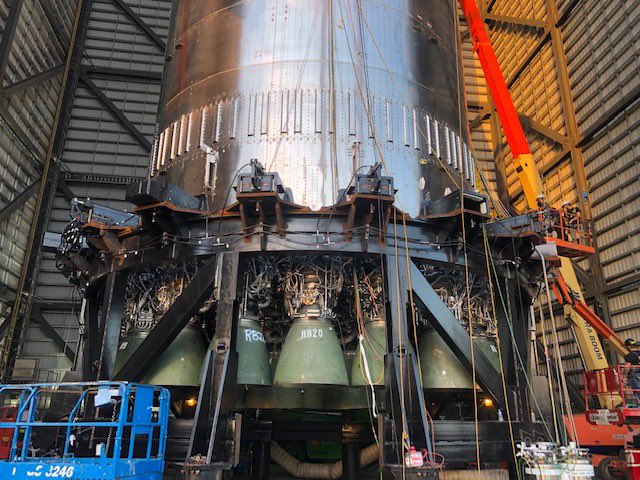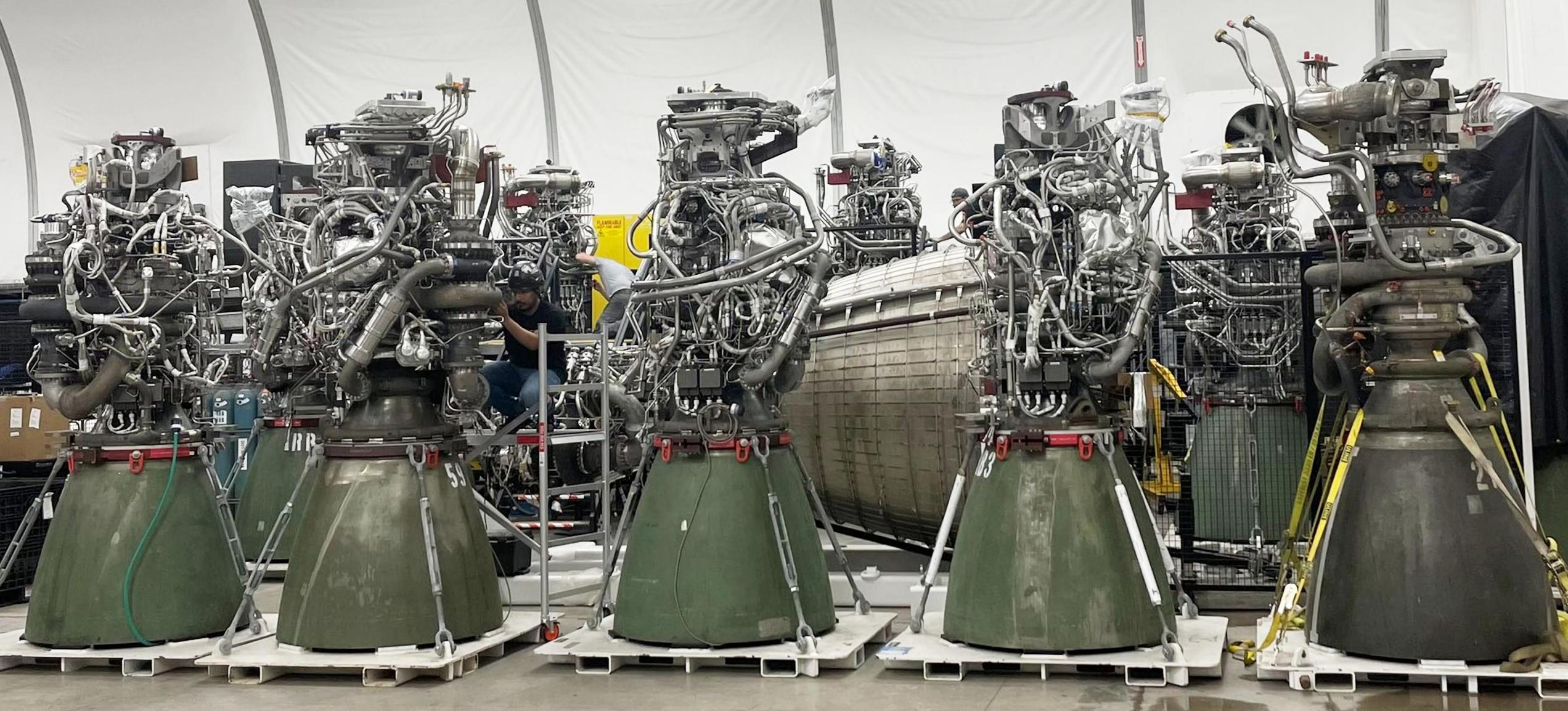
A senior NASA official said this week that SpaceX has done "very well" in working toward the development of a vehicle to land humans on the surface of the Moon, taking steps to address two of the space agency's biggest concerns.
NASA selected SpaceX and Starship for its Human Landing System in April 2021. In some ways, this was the riskiest choice of NASA's options because Starship is a very large and technically advanced vehicle. However, because of the company's self-investment of billions of dollars into the project, SpaceX submitted the lowest bid, and from its previous work with SpaceX, NASA had confidence that the company would ultimately deliver.
Two of NASA's biggest technological development concerns were the new Raptor rocket engine and the transfer and storage of liquid oxygen and methane propellant in orbit, said Mark Kirasich, NASA's deputy associate administrator who oversees the development of Artemis missions to the Moon. During a subcommittee meeting of NASA's Advisory Council on Monday, however, Kirasich said SpaceX has made substantial progress in both areas.
On Raptor
The Raptor rocket engine is crucial to Starship's success. Thirty-three of these Raptor 2 engines power the Super Heavy booster that serves as the vehicle's first stage, and six more are used by the Starship upper stage. For a successful lunar mission, these engines will need to re-light successfully on the surface of the Moon to carry astronauts back to orbit inside Starship. If the engines fail, the astronauts will probably die.
"SpaceX has moved very quickly on development," Kirasich said about Raptor. "We've seen them manufacture what was called Raptor 1.0. They have since upgraded to Raptor 2.0 that first of all increases performance and thrust and secondly reduces the amount of parts, reducing the amount of time to manufacture and test. They build these things very fast. Their goal was seven engines a week, and they hit that about a quarter ago. So they are now building seven engines a week."
To put this into perspective, the Raptor 2 rocket engine produces approximately 510,000 pounds of thrust. This is almost identical to the amount of thrust produced by the RS-25 engine that will be used to power NASA's Space Launch System rocket. This engine was designed and developed by Rocketdyne in the 1970s for the space shuttle program, and the company has decades of experience manufacturing them.
In 2015, NASA gave Aerojet Rocketdyne a contract worth $1.16 billion to "restart the production line" for the RS-25 engine. Again, that was money just to reestablish manufacturing facilities, not actually build the engines. NASA is paying more than $100 million for each of those. With this startup funding, the goal was for Aerojet Rocketdyne to produce four of these engines per year.
Kirasich said that as it builds and tests Raptors, SpaceX is rapidly iterating on these processes and producing higher-quality engines.



3175x175(CURRENT).thumb.jpg.b05acc060982b36f5891ba728e6d953c.jpg)

Recommended Comments
There are no comments to display.
Join the conversation
You can post now and register later. If you have an account, sign in now to post with your account.
Note: Your post will require moderator approval before it will be visible.